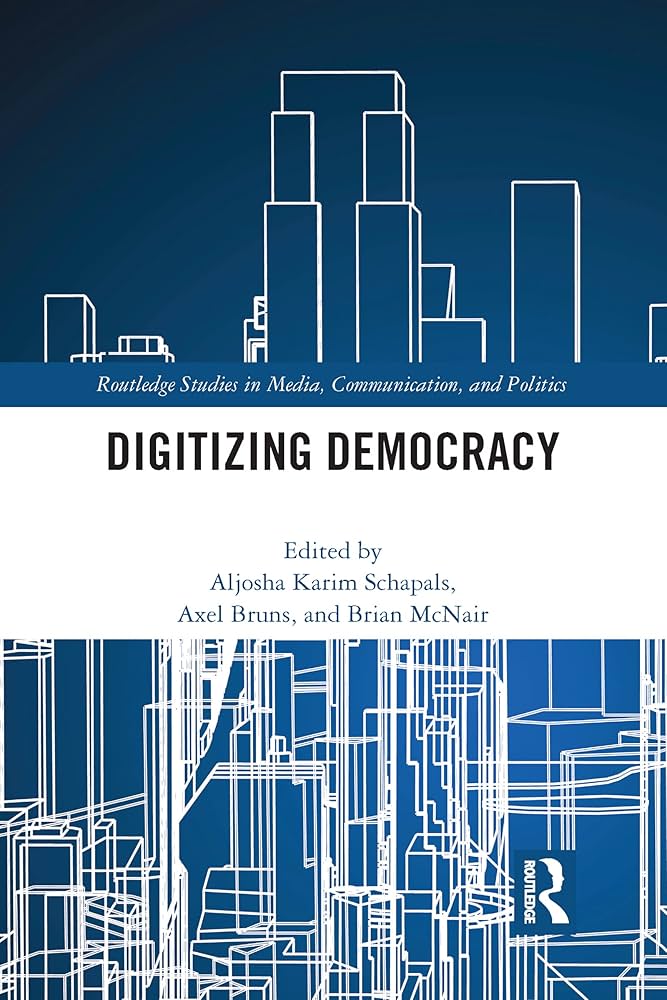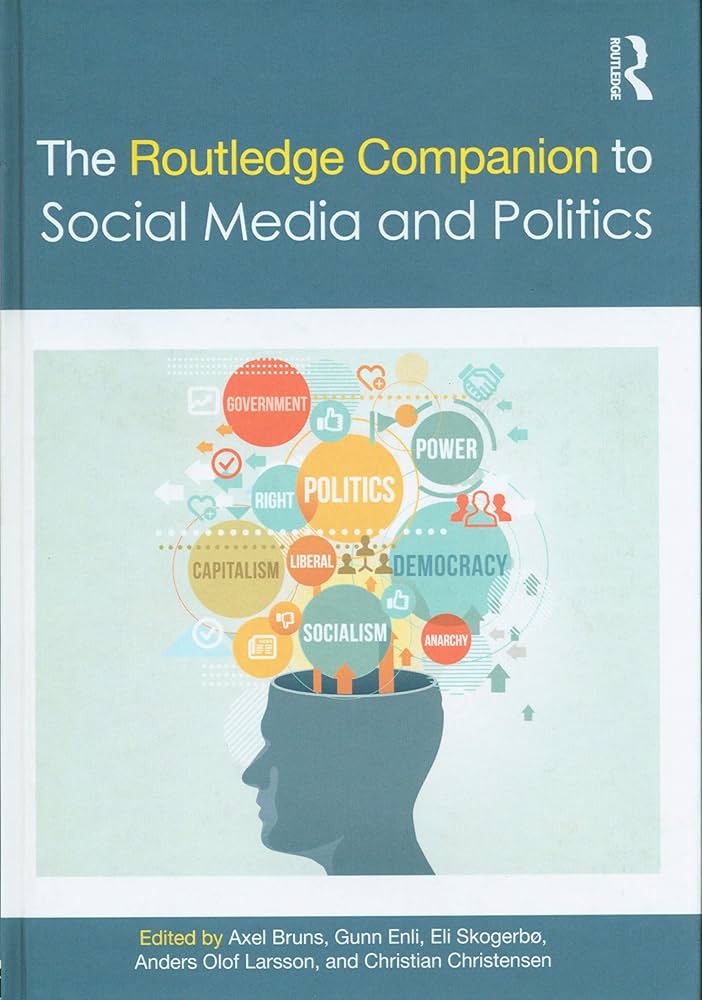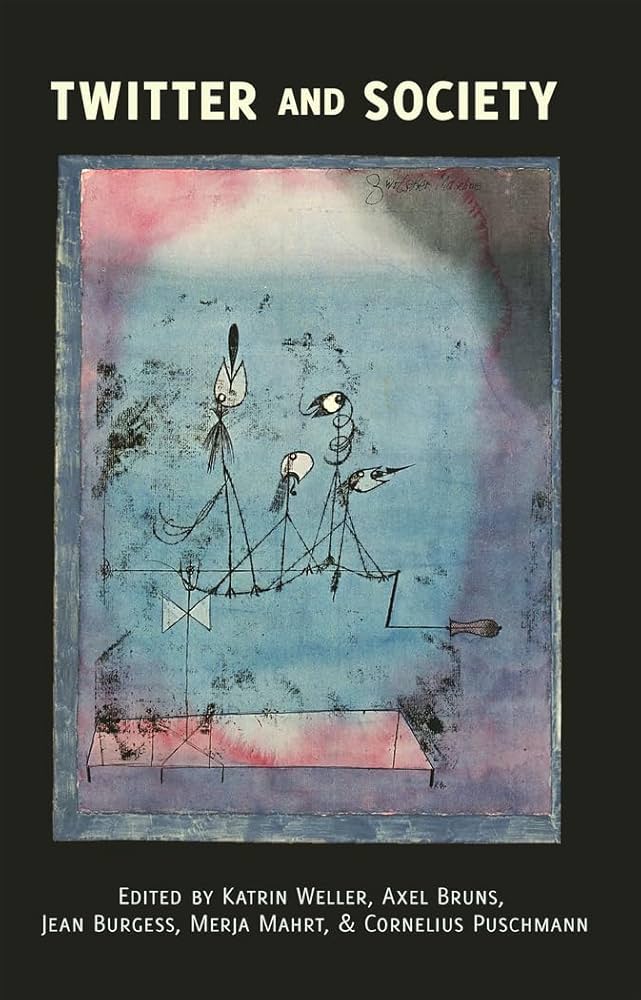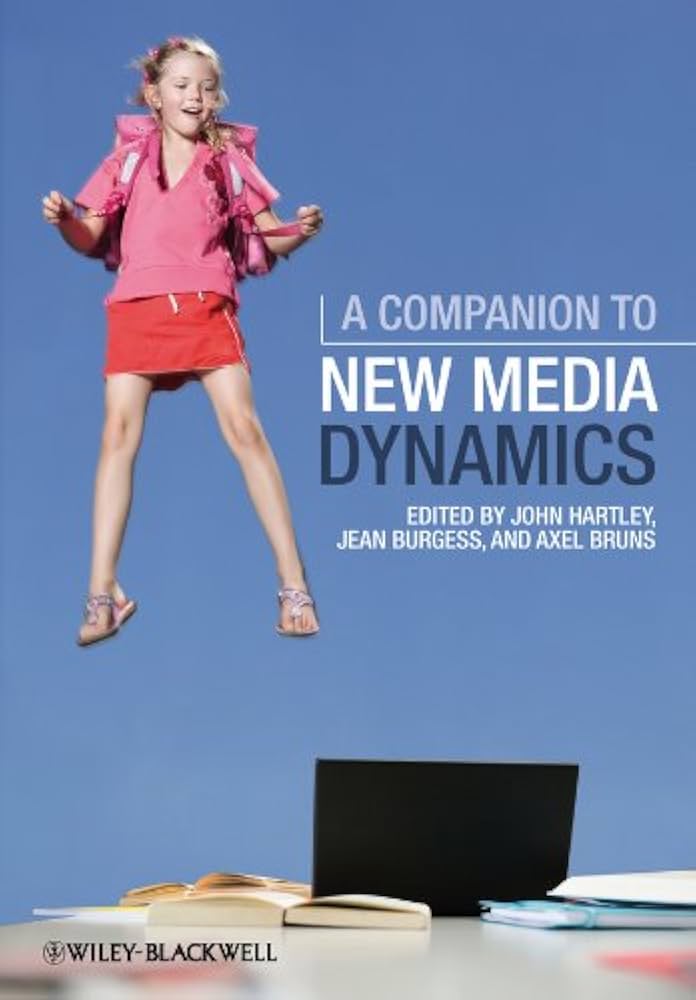The next day at the the AoIR 2025 conference starts for me with a panel on AI imaginaries that begins with a paper by Giuliana Frascaria, whose interest is in cyborg imaginaries of the form that have been promoted by people like Mark Zuckerberg for some time. She has previously reviewed the literature and studied public attitudes towards these technologies, but this is limited by the fact that so few of these technologies already exist in the wild; this means that four the most part they remain futuristic imaginaries.
There are only some transhumanist pioneer communities that are early adopters of such technologies, and the study of online discussions in such communities is very interesting in its own right. Discussions here can be understood as contesting future imaginaries, which ultimately can structure how such technologies are understood and used. This project studied this through computational grounded theory, which surfaced some foundational sensitising concepts via topic modelling and subsequent qualitative analysis.
The project worked with some 200,000 posts from such communities, applying topic modelling and topic clustering techniques, extracting emerging themes and sensitising concepts from this, and then utilising this in further analysis. Key structuring dimensions that emerged from this are an axis between apocalyptic and emancipatory dynamics, and an orthogonal axis between inevitable and contingent change.
The imaginaries within this space include apocalyptic visions that can only be avoided by becoming transhumanist, or emancipatory change that enables humans to overcome death itself, for example. Key emerging topics are the growth in generative AI, and imaginaries that describe how we can survive and thrive in the AI era; and an instrumentalisation of other transhumanist technologies in support of that goal. AI thus emerges as a central catalyst that reshapes and propels cyborg imaginaries.












